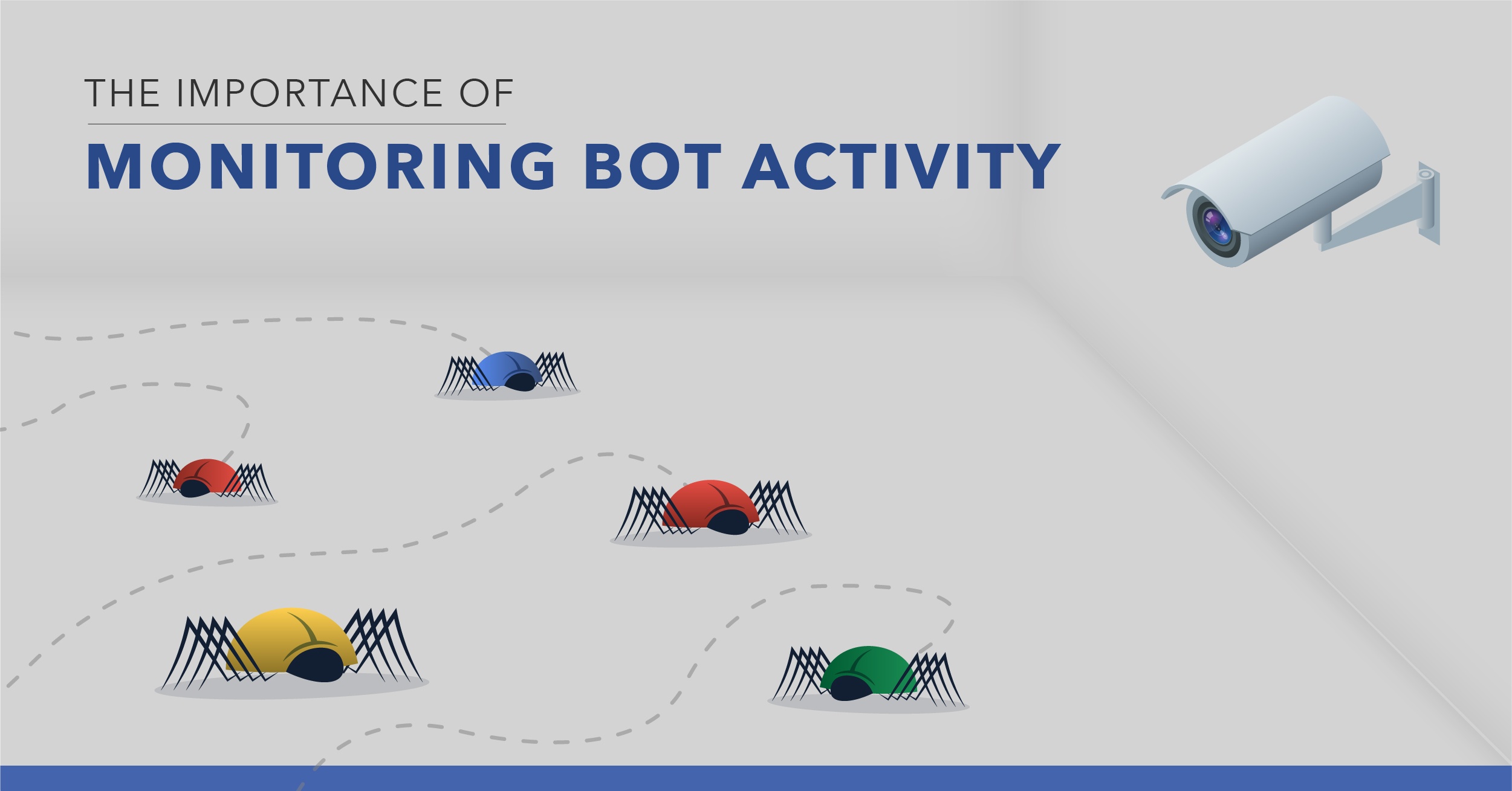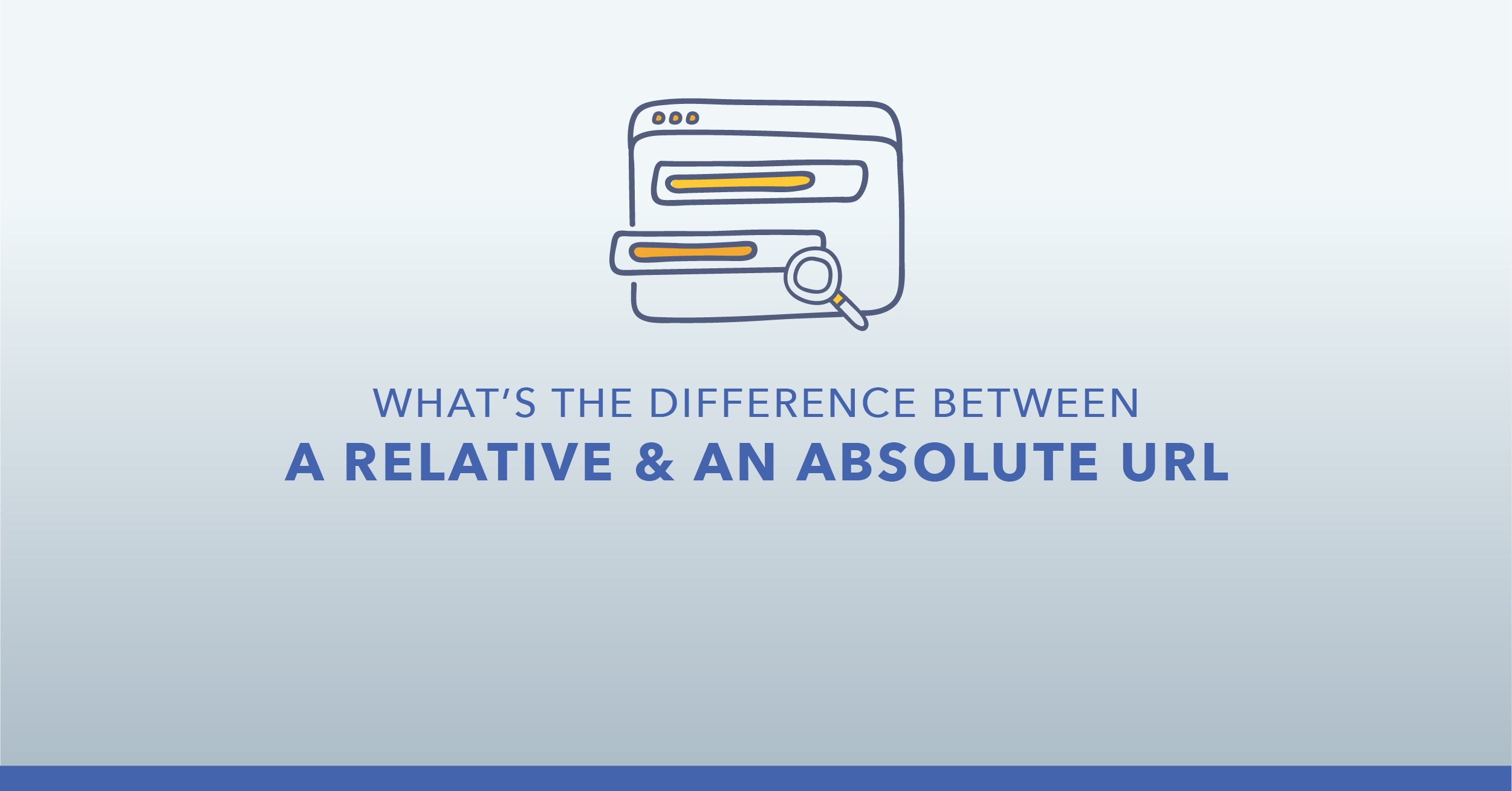Anyone who has been in SEO for any length of time can tell you it is a rapidly changing field. One big change is that while blogs used to be a nice touch, they are now indispensable for a complete SEO and content marketing strategy.
That doesn’t mean you can just throw together a blog, though. An "SEO-first" content attitude has to be integrated into a blog from the beginning. As the folks over at Moz note, you have to nail down what each post should accomplish, and the audience to which it applies before you even start researching keywords (let alone write the post).
Don’t let this deter you, though: A content-rich, frequently updated blog does wonders to keep your site relevant, and therefore highly placed in the SERP. We will walk you through how to generate organic traffic to your blog and, more importantly, illustrate why it goes such a long way in pulling the SEO weight for your online presence.
What is SEO for Blogs?
There are a few layers to consider when using a blog to drive SEO, so it helps to dig into them one at a time.
If SEO for blogs was as simple as using best practice SEO tradecraft in every post, we wouldn’t need to write this guide. However, elements of standard SEO still come into play, so here are a few techniques that deserve highlighting.
All the attention to detail you apply toward any other SEO content applies to blogging as well. This means that title, header, and body tags should all have relevant keywords. It also means that meta descriptions and URLs should contain appropriate content that represents what the user will get when they read the content. In terms of the usability side of SEO, you should ensure that every image of every post has a helpful alt description, the page loads fast, and that your blog displays with an elegant, easily navigable UI on mobile devices.
A few SEO standard practices need slight tweaks to work in this context, though.
The main difference is that, since blog content naturally lends itself to featuring long-form format, internal linking, and targeting long-tail keywords, its main goal should be to satisfy informational user intent.
There are different sub-classifications in addition to “informational” (more on that later) but, broadly, “user intent” is the motivating reason that drives a user to input the search query that they do, or alternatively the goal they are attempting to accomplish. What makes it so important is that user intent is how search engines--mainly Google, considering the maturity of its language processing algorithms--evaluate searches, determine relevance, and return SERPs today. Therefore, your content, regardless if it’s your main site or blog posts, needs to hone in and answer the user intent. Otherwise you are neglecting your main avenue toward relevance and (as a result) search ranking.
In terms of the SEO rendering of blog content, user intent and long-tail targeting have a couple of implications worth noting. Because of the focus on long-tail keywords, keyword stuffing should be avoided. Interlinks, or internal links to other blog posts on the same site that are relevant to the current one, require greater emphasis.
However, because addressing an array of interrelated ideas is where blogs truly shine, be sure that your blog posts in aggregate create a mesh of interweaving information on a broad topic that your audience values. This process is known as topic clustering, and the sophistication of Google Search’s language parsing makes this a necessity for a successful content marketing strategy as much as fulfilling user intent does.
In essence, topic clustering is about structuring individual blog posts, and their respective small pools of targeted (long-tail) keywords, so that they each embody a different facet of the overarching topic.
In other words, this means ensuring that each post contains rich, helpful content that capture one element or face of a unifying topic, with all of them falling under a relational circular structure.
One way to do this with seoClarity is through the use of Topic Explorer, the first and only visual keyword research tool on the market. Topic Explorer takes a chosen head term and breaks out into the topics that surround that term, providing users with a display of related terms that help build your content authority.
Another feature within the platform that leverages machine learning and artificial intelligence for your content creation is Content Fusion. Content Fusion harnesses the power of AI to account for the way humans exhibit user intent and the way they ask questions to find the best possible answer to their query. This allows you to see topics the way your audience and search engines do and distill them into long-tail keywords, rather than as isolated keywords, so you can ensure you have covered the topic completely in your content.
How Often Should You Blog?
Once you chart your content strategy, the topic you want to cover and the clusters around it that provide stepping stones to it, you then have to determine how often you should roll out new posts. As tempting as it can be to go wild, the right approach is not to just frantically churn out posts, but instead depends on sending a continuous signal to Google that your posts contain what users are after, which is value.
The data rarely lies, and what all of it points to is that quality is superior to quantity. The first rule of thumb then is to not post more frequently than you are able to sustain with content-rich, helpful posts.
Related to this, the strength of your portfolio as a whole is just as important as the rate at which you debut new content. Organic, evergreen posts that add value and establish you as a credible expert in your industry can direct a steady stream of traffic to your site, where internal links can then pull them deeper into your site.
Speaking of internal links, be sure to give them anchor text that is not only consistent with the content it links to, but also relevant to the content on the page it links from. With the right anchor text, interlinks catalyze increased engagement from your users and signify the content’s higher value to your users to Google.
Simply put, the more useful your content is, the more readers will engage with it, and the more they engage, the more Google regards it as valuable. Valuable content receives valuable visibility.
Of course, experimentation while keeping an eye on analytics should have the final say in how often you publish. What any testing should aim at, though, is finding the sweet spot that balances maintaining a portfolio of industry wisdom and a regular output of new contributions that meets user intent.
How Does Blogging Help Your SEO?
Besides serving as the most dynamic part of an otherwise static website, a blog meets your SEO objectives in two main ways: It allows you to gradually take over a topic with the widest spectrum of related keywords, and it addresses informational user intent in the most organic and thorough way.
While you likely have plenty of ways to rank for lucrative keywords, blog content helps you build authority when you cover an entire topic to the fullest - against all user intents. Let’s say, for example, that you want to build authority in refrigerators. You must have product pages, but you also need to have all the information associate with that product, such as content that tells you how to buy a refrigerator, the best refrigerators on the market, the best refrigerator for large families, the best refrigerator for small families - the list could go on to exhaust the topic fully. The bottom line for your content strategy is this: you must cover a topic to the fullest in order to build authority on that topic - addressing all facets of intent.
By devising “pillar content” for your blog, the overarching topic you want to establish as your blog’s focus, you can then map out the individual posts, or “cluster pages,” that will tie into the pillar content. These are all then interlinked in the same way that long-tail keyword blog posts are.
Topic clustering is merely a tool, though--it’s up to you to build your pillar content and cluster pages for the right umbrella topics. You should set your pillar content topics by what questions your audience demands.
At the core of any blog-driven SEO strategy, though, and what makes our approach unique, is a systematic method for identifying and addressing user intent.
As a simple starting definition, “user intent,” “searcher intent,” or “keyword intent” is the objective that a user has that motivates them to enter a given set of keywords as part of their search. User intent is usually answering a question or taking some kind of action, often buying.
It’s helpful to break down user intent into three specific categories of intent: informational, navigational, and transactional.
- Informational intent is when a user hopes to learn the answer to a question that is inherently about obtaining knowledge rather than completing a transaction.
- Navigational/local intent encompasses searches that attempt to locate or navigate one’s way to a place or thing spatially in the physical world.
- Transactional intent covers searches aimed at performing some kind of monetary transaction, usually purchasing goods or services.
While SEO marketers can sometimes capture relevance without user intent, user intent is a direct means of achieving relevance. If you know user intent, you will by definition have relevance.
Uncovering user intent can be done manually by breaking down search queries and analyzing SERPs for them, but seoClarity offers a more efficient, methodical, and scalable way of doing this. By tapping into our AI platform, we allow our users to parse through a set of keywords and mine it for the user intent it contains.
Regardless of the tools you choose for doing so, if you can discover what the user intent that produces the long-tail keywords or topic clusters your audience is searching for, you are equipped to tailor your blog posts to more closely serve that intent, increasing the value of your content.
Clustering It All Together
Blogs may not have been a major player in SEO’s early days, or even up to a few years ago, but it is clear now that without a blog, your SEO team is missing its MVP.
By integrating SEO best practices into your blog, targeting long-tail keywords, and keeping the pace up to where your audience expects it, you will start to amass an archive of useful material. Zeroing in on your pillar topics and user intent from there will position you to gradually, but surely, put out content that most closely answers the questions that your industry’s professionals and consumers find useful.
It’s not a strategy that comes together overnight, but long-term dedication can pay off with an authoritative position that not only your readers will appreciate but one that search engines will reward.





